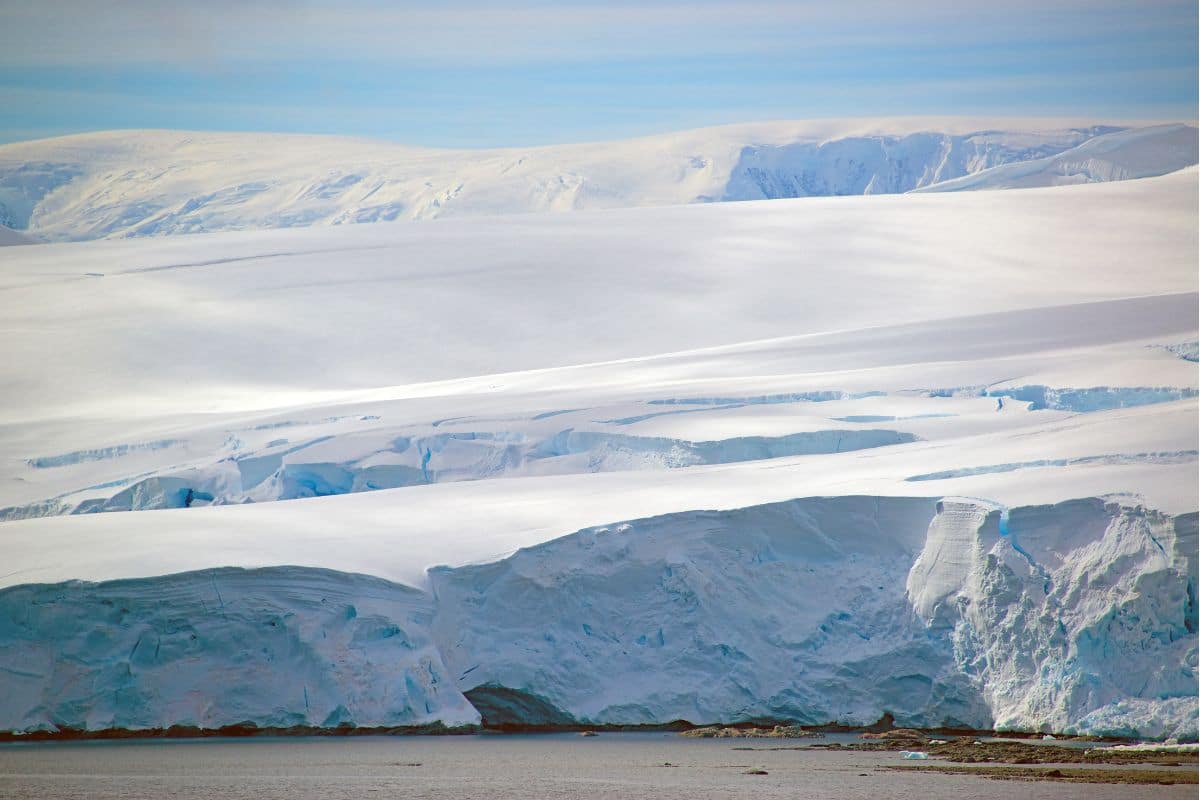
The find highlights the extent of plastic pollution in even the most remote places on Earth.
Most people see Antarctica as a remote, relatively untouched place. But a new study proves – unfortunately – the contrary. For the first time, researchers have discovered microplastics (pieces of plastic smaller than 5 millimeters) in freshly fallen Antarctic snow. “It’s incredibly sad,” said study researcher Laura Revell.
Ross Ice Shelf
Researcher Alex Aves traveled to the Antarctic Ross Ice Shelf in late 2019 to collect snow samples. At the time, few studies had been conducted on the presence of microplastics in the air and it was not known how widespread this problem was. “We were optimistic she wouldn’t find microplastics in such a remote and pristine place,” Revell says.
Quantity
Once back in the lab, it quickly became apparent that all 19 collected samples from the Ross Ice Shelf contained microplastics. In addition, the researchers found an average of 29 microplastic particles per liter of melted snow. That is much more than previously found in the surrounding Ross Sea and Antarctic sea ice. The researchers are shocked. “Finding microplastics in fresh Antarctic snow highlights the extent of plastic pollution in even the most remote places on Earth,” Aves said.
Types
In total, the researchers found 13 different types of plastic. The most common type was PET; a commonly used type of plastic for, among other things, soft drink bottles and clothing. The team suspects that some pieces of plastic traveled thousands of miles before landing in Antarctica, though humans on the cold continent are equally likely to be the culprits. For example, the density of microplastics near the Scott Base and McMurdo scientific research stations was three times higher than found in remote places on the Ross Ice Shelf.
Threat
The discovery that now even the snow in Antarctica appears to be contaminated with our microplastics is alarming. The findings therefore reveal a serious threat to the continent, the researchers said. That’s because studies have shown that microplastics can have negative impacts on the environment; for example, it can affect the growth, reproduction and general biological functions of organisms. On a larger scale, it even affects the climate by causing ice to melt faster.
Other pristine places
This is not the first time that microplastics have been found in apparently remote and untouched places. Plastics have already been discovered in inhospitable mountain areas, the deepest trench on Earth and even on Mount Everest. And we can’t escape it either. Recently, scientists revealed that microplastics penetrate even the deepest parts of our lungs. It was therefore perhaps only a matter of time before plastics were also found in freshly fallen Antarctic snow. “Looking back now, I’m not surprised at all,” Revell says. “We have learned from the studies published in recent years that we find microplastics everywhere we look.”
According to environmental consultant Natasha Gardiner, the new study is of “tremendous value.” “It highlights the urgent need to reduce our plastic pollution,” she says. Scientist Olga Pantos agrees. “Until some important steps are taken to reduce the use and management of plastics, plastic pollution will continue to increase,” she says. “Plastic decays into smaller and smaller pieces, so that the concentrations of micro- and nanoplastics will continue to rise for a considerable period of time. This highlights the need to ban plastic pollution. However, treaties, policies and regulations take time, but we can all do our part today to reduce the use and pollution of plastic.”
Source material:
†First evidence of microplastics in Antarctic snow – new NZ research” – University of Canterbury